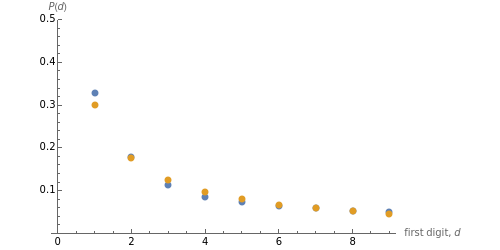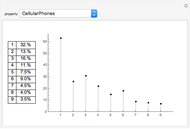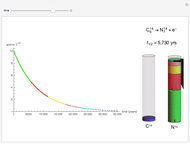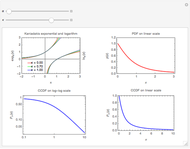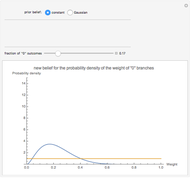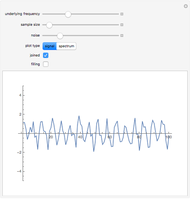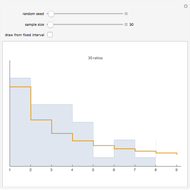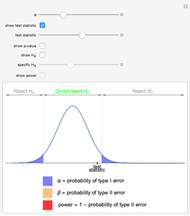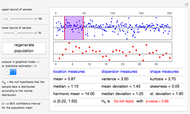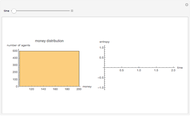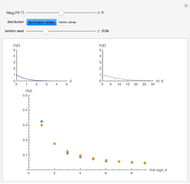Benford's Law in Statistical Physics

Requires a Wolfram Notebook System
Interact on desktop, mobile and cloud with the free Wolfram Player or other Wolfram Language products.
Benford's law is the observation that for many datasets, the distribution of their first significant digit follows a non-uniform law; the probability that  is the leading digit is
is the leading digit is  .
.
Contributed by: Da Pan, Lijing Shao, and Bo-Qiang Ma (March 2011)
Open content licensed under CC BY-NC-SA
Snapshots
Details
In this Demonstration, the first control is  , where
, where  is the Boltzmann constant and
is the Boltzmann constant and  is the system's temperature. This Demonstration shows clearly that for both distributions, the distribution of the first digit conforms approximately to Benford’s law with only slight fluctuations. By changing
is the system's temperature. This Demonstration shows clearly that for both distributions, the distribution of the first digit conforms approximately to Benford’s law with only slight fluctuations. By changing  , you will find that the blue points oscillate periodically around the stationary red points. Another statistical law, the Bose–Einstein (BE) distribution, conforms to Benford's law exactly at all temperatures and therefore is not included here.
, you will find that the blue points oscillate periodically around the stationary red points. Another statistical law, the Bose–Einstein (BE) distribution, conforms to Benford's law exactly at all temperatures and therefore is not included here.
References
[1] S. Newcomb, "Note on the Frequency of the Use of Digits in Natural Numbers," American Journal of Mathematics, 4, 1881 pp. 39–40.
[2] F. Benford, "The Law of Anomalous Numbers," Proceedings of the American Philosophical Society 78(4), 1938 pp. 551–572.
[3] L. Shao and B-Q. Ma, "The Significant Digit Law in Statistical Physics," Physica A 389, 2010 pp. 3109–3116.
Permanent Citation


